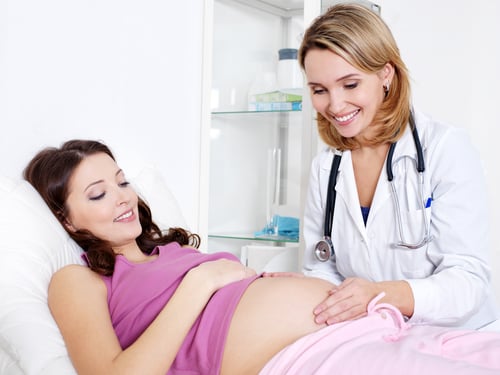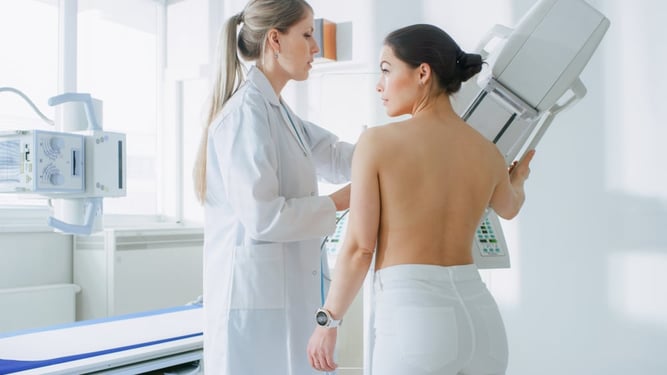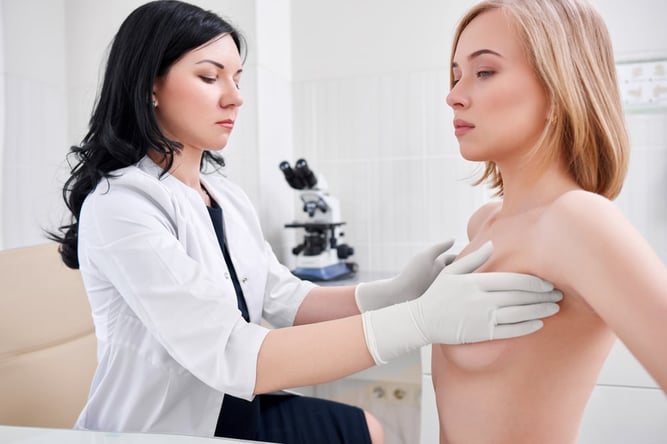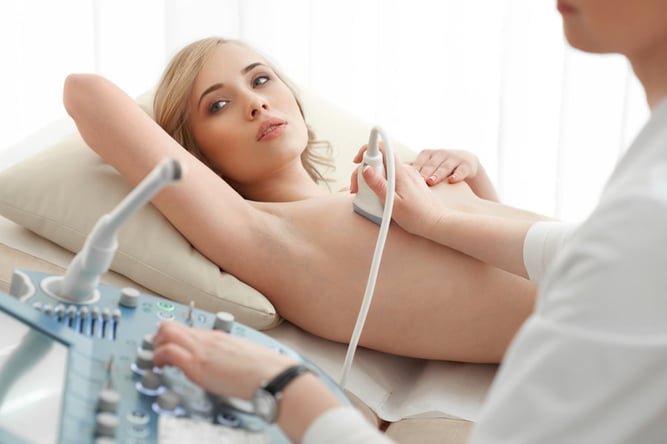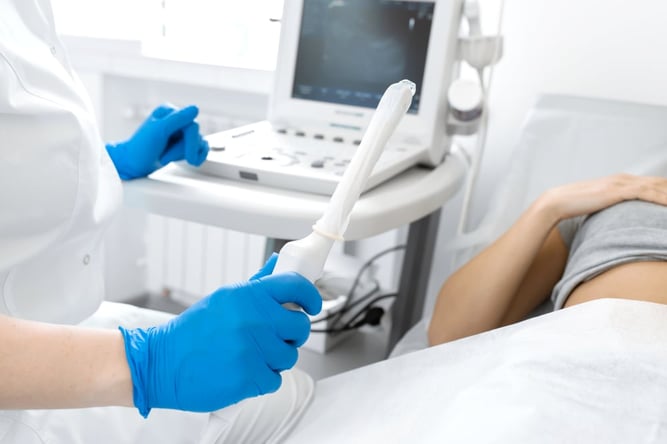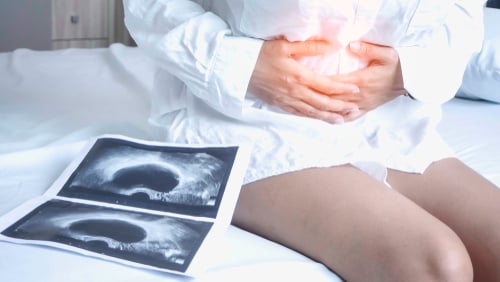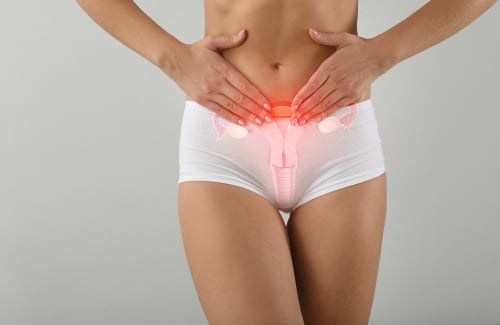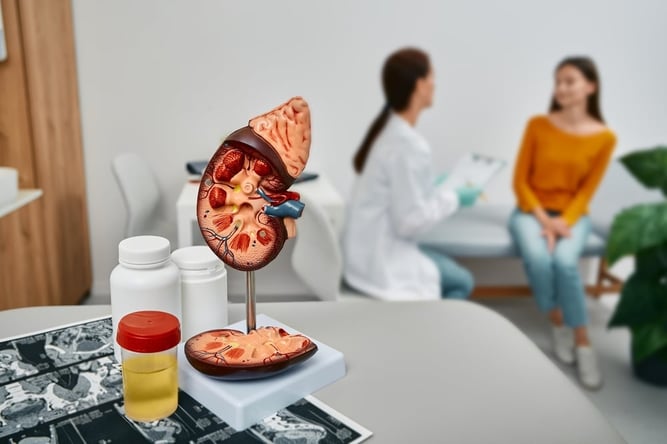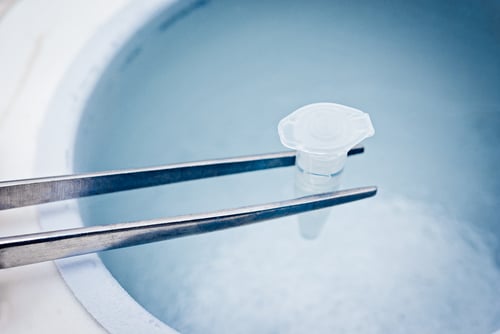What Causes Uterine Prolapse?
Uterine prolapse affects women, especially those who've given birth or are postmenopausal. This article explains its causes, symptoms, and treatments.

Uterine prolapse is a common yet often misunderstood condition that affects many women, particularly those who have given birth or are in their postmenopausal years. This article aims to shed light on uterine prolapse by exploring its causes, symptoms, and available treatment options.
What is Uterine Prolapse?
Uterine prolapse occurs when the uterus descends from its normal position and protrudes into the vaginal canal or even outside the body. This displacement can happen gradually and is primarily attributed to the weakening of the pelvic floor muscles and ligaments that support the uterus. The condition can vary in severity, with some women experiencing mild discomfort and others dealing with significant physical and emotional challenges.
Causes of Uterine Prolapse
-
Childbirth: The strain placed on the pelvic floor during pregnancy and childbirth is a leading cause of uterine prolapse. The more pregnancies and vaginal deliveries a woman has, the higher her risk of developing this condition.
-
Aging: As women age, hormonal changes and natural wear and tear can lead to weakening of the pelvic muscles, making them less capable of supporting the uterus in its proper position.
-
Obesity: Excess body weight can exert added pressure on the pelvic floor muscles, increasing the risk of uterine prolapse.
-
Chronic Constipation: Straining during bowel movements over a long period of time can weaken the pelvic muscles, contributing to prolapse.
-
Connective Tissue Disorders: Some connective tissue disorders can affect the integrity of the pelvic support structures, potentially leading to uterine prolapse.
Symptoms of Uterine Prolapse
The symptoms of uterine prolapse can vary from person to person, but common indicators include:
-
Feeling a bulge or pressure in the vaginal area.
-
Lower backache or discomfort in the pelvic region.
-
Pain during sexual intercourse.
-
Urinary incontinence or difficulty emptying the bladder.
-
Vaginal bleeding or discharge.
-
Recurrent urinary tract infections.
Treatment Options
The treatment of uterine prolapse depends on its severity and the individual's overall health and preferences. Here are some options:
-
Lifestyle Modifications: For mild cases, lifestyle changes such as weight loss, pelvic floor exercises, and avoiding heavy lifting can provide relief.
-
Pessaries: A pessary is a small, removable device inserted into the vagina to support the uterus and relieve symptoms.
-
Physical Therapy: Pelvic floor physical therapy can help strengthen the muscles and improve pelvic floor function.
-
Surgery: In more severe cases or when other treatments are ineffective, surgical procedures may be recommended. These surgeries can range from minimally invasive approaches to more extensive, traditional methods.
-
Hysterectomy: In some cases, a hysterectomy, the removal of the uterus, may be recommended, especially if the prolapse is severe and not responding to other treatments.
Uterine prolapse is a common condition that can have a significant impact on a woman's quality of life. It's important to be aware of the causes and symptoms of uterine prolapse and to seek medical advice if you suspect you may be experiencing it. With appropriate treatment and management, many women can find relief and continue to enjoy a full and active life.
